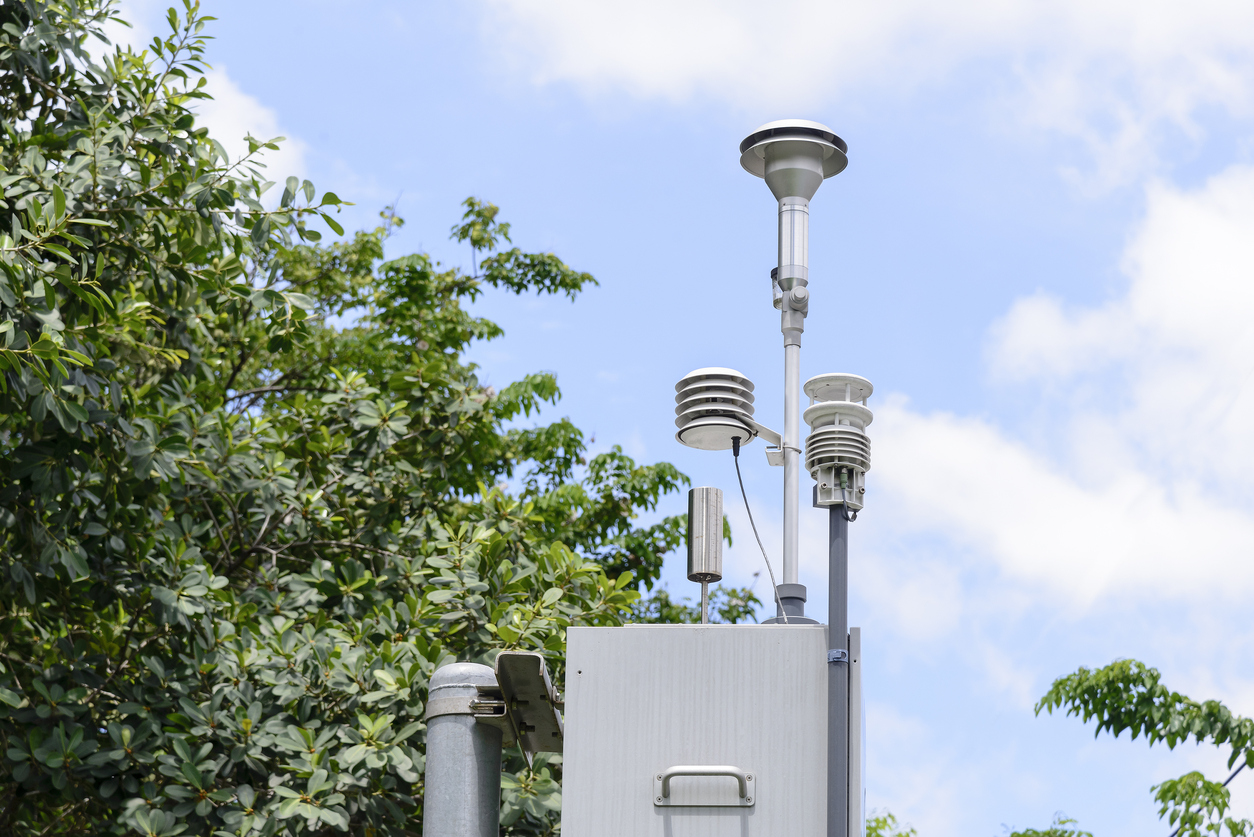The Ministry for the Environment’s latest environmental report shows that air quality in New Zealand is generally good, but some issues persist.
Released today, the report is a synthesis of data on air quality, pollutants and quality-of-life impacts. Wood and coal burners continue to be a major cause of poor air quality, but the report also highlights gaps in our data, including for PM2.5 and methyl bromide.
The report also touched on light pollution and its effect on the visibility of the night sky.
The SMC asked experts to comment on the report.
Dr Bill Trompetter, Air Particulate Specialist, GNS Science, comments:
“The release of the Our Air 2018 report by the Ministry for the Environment has highlighted the impact of home heating during winter and motor vehicle emissions in major urban areas. Research by GNS Science supports the findings in the Report. The Report also highlights that there is limited information on indoor air quality in New Zealand, yet we spend 80 to 90 per cent of our time indoors and outdoor air (which could be polluted) makes its way inside.
“At GNS Science we have turned our research focus to the indoor environment to fill these knowledge gaps with several studies of air quality in buildings and homes.
“The preliminary results support overseas research in that outdoor air pollution does indeed find its way indoors, particularly the smaller more harmful particles from wood fires and vehicle combustion sources. At the same time, we have found that air pollution generated indoors, mainly from cooking and household dust, adds to this to generate high particle concentrations that are inhaled indoors. Therefore, individual exposures may be higher than outdoor air monitoring suggests with a consequent greater impact on our health outcomes.”
Conflict of interest statement: Dr Trompetter is a member of the Air Particulate Group at GNS Science. This Group works closely with MfE and regional councils providing specialist scientific advice on air quality as appropriate.
Dr Ian Griffin, director, Otago Museum, comments:
“I welcome this report which sets out the current state of play with regard to the impact of light pollution in New Zealand, providing an important baseline for future measurements. It recognises New Zealand’s status as an innovative world leader in Dark Sky Tourism and the cultural importance of having access to an unpolluted night sky.
“While it is encouraging to note that, when measured in 2014, 74% by land area of the North Island and 93% by land area of the South Island were minimally impacted by light pollution, as most New Zealanders live in cities, it has been estimated that over half of New Zealanders are unable to see the Milky Way. A generation of Kiwis is growing up potentially disconnected from the beauty of night sky.
“The report comes at an important time, when cities across New Zealand are changing from traditional ‘orange’ low-pressure sodium streetlights to new energy efficient blue/white LED lights which, while saving energy, might have significant impact on the nocturnal environment.”
